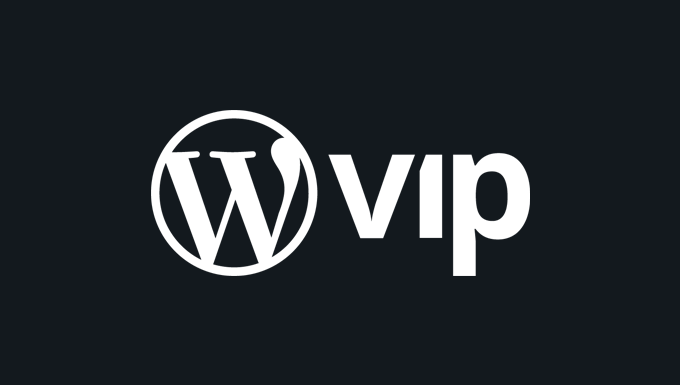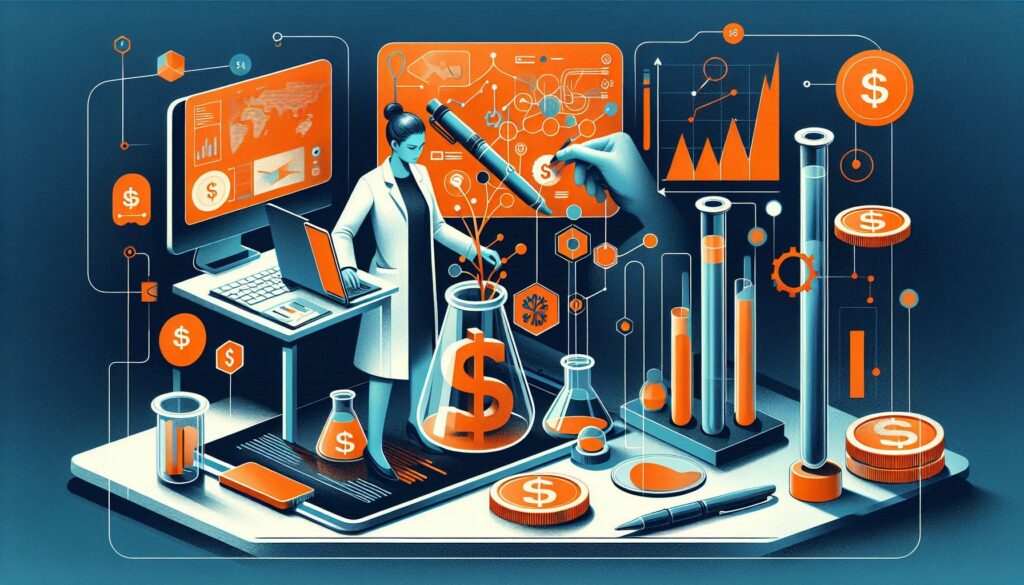The Future of Web Design: What to Expect
As we venture deeper into the digital age, the landscape of web design is continually evolving. The rapid pace of technological advancements and changing consumer expectations make it crucial for designers and businesses alike to stay ahead of the curve. So, what does the future hold? Let’s explore the future web design predictions and the next-gen web design trends that will shape the industry in the coming years.
1. Emphasis on User Experience (UX)
User experience will remain at the forefront of web design innovations ahead. As the competition intensifies, websites that prioritize intuitive navigation and seamless interactions will stand out. In the future, designers will utilize advanced analytics to create personalized experiences, tailoring content based on user behavior and preferences.
Expect to see a greater integration of artificial intelligence (AI) to enhance UX. Chatbots and virtual assistants will provide immediate support, guiding users through their journeys and answering questions in real time. This shift towards hyper-personalization will not only improve user satisfaction but also drive higher conversion rates.
2. Dark Mode Design
The growing popularity of dark mode is another trend to watch in the next-gen web design trends. Many users appreciate dark mode for its aesthetic appeal and reduced eye strain. Designers will increasingly incorporate dark themes into their websites, ensuring compatibility with both light and dark modes.
Implementing dark mode not only enhances visual comfort but also can help save battery life on mobile devices. As more operating systems and applications adopt this feature, it’s likely that web designers will prioritize dark mode options to cater to user preferences.
3. Minimalist Aesthetics
Simplicity will continue to reign supreme in web design. Web design innovations ahead will focus on minimalist aesthetics that prioritize clarity and functionality. This means stripping away unnecessary elements and distractions to create a clean and cohesive user interface.
As attention spans shorten, websites will adopt concise messaging and visually striking layouts that convey information at a glance. Expect larger typography, bold colors, and ample white space, which will create a more impactful user experience and help guide visitors toward desired actions.
4. Motion Design and Micro-Interactions
Engaging visuals are essential for capturing and retaining users’ attention. Motion design, including animations and transitions, will play a pivotal role in what’s next for web design. Micro-interactions—subtle animations that provide feedback or guide users—will enhance the overall experience and create a sense of dynamism on websites.
For instance, when a user hovers over a button, a slight animation can signify interactivity, making the site feel more responsive and alive. These motion elements can evoke emotional responses, fostering a deeper connection between users and brands.
5. Voice User Interface (VUI)
With the rise of smart speakers and voice-activated devices, integrating a voice user interface into web design is becoming increasingly important. VUI enables users to navigate websites and access information using voice commands, offering a hands-free alternative to traditional browsing.
Future web design will adapt to this trend by ensuring that websites are compatible with voice search optimization. This means designing content that can be easily understood by voice recognition software, optimizing keywords, and structuring information in a way that enhances discoverability through voice queries.
6. Sustainable Web Design
As environmental consciousness grows, so does the demand for sustainable practices in web design. Future designers will prioritize eco-friendly hosting, energy-efficient coding, and resource-conscious design strategies. The goal will be to reduce carbon footprints while creating visually appealing and functional websites.
Sustainable web design practices will not only attract environmentally-conscious consumers but will also set brands apart in a crowded marketplace. Expect to see more companies adopting green certifications and promoting their commitment to sustainability through their online presence.
7. Enhanced Accessibility
Creating inclusive web experiences is no longer just a best practice; it’s becoming a necessity. The future of web design will emphasize accessibility, ensuring that websites cater to users with varying abilities. Designers will integrate features such as keyboard navigation, screen reader compatibility, and adaptable color schemes.
Websites that prioritize accessibility will not only meet legal requirements but will also reach a broader audience. As more organizations recognize the importance of inclusivity, we can anticipate an industry-wide shift toward creating more accessible digital experiences.
8. Advanced Augmented Reality (AR) and Virtual Reality (VR)
The incorporation of augmented reality and virtual reality into web design is on the horizon. As technology advances, designers will harness AR and VR to create immersive experiences that allow users to interact with products or services in new ways.
Imagine a furniture store allowing customers to visualize how a piece would look in their own home using AR. Or a travel agency offering virtual tours of destinations, providing users with an engaging glimpse of their next vacation. These innovative approaches will enhance user engagement and create memorable interactions.
Conclusion
The future of web design is ripe with potential and exciting innovations. As the digital landscape continues to evolve, staying informed about future web design predictions and next-gen web design trends is essential for businesses and designers alike. By focusing on user experience, embracing minimalist aesthetics, and integrating cutting-edge technologies, we can create engaging and functional websites that resonate with users.
Whether it’s through enhancing accessibility, adopting sustainable practices, or exploring the possibilities of AR and VR, the next chapter in web design promises to be dynamic and transformative. Embrace these changes, and you’ll be well-equipped to thrive in the ever-evolving world of web design.




